Discover the beauty of heart-shaped leaves with this captivating article. Explore 11 stunning trees that boast foliage resembling hearts, adding a touch of whimsy to any garden or landscape. From vibrant colors to intricate patterns, these charming leaves will steal your heart.
Nature has a way of capturing our heart-shaped leaves with its boundless beauty and intricate designs. Among its many wonders are trees that bear leaves shaped like hearts, adding a touch of whimsy and charm to any outdoor space. These remarkable trees not only delight with their unique foliage but also offer a delightful reminder of the love and beauty that surrounds us in the natural world.
In this article, we’ll embark on a journey to explore 11 trees with heart shaped leaves that are sure to captivate your senses and leave you in awe. From vibrant shades to intricate patterns, these leafy marvels will steal your heart and inspire you to appreciate the intricate details of nature’s artistry.
1. Redbud (Cercis canadensis)
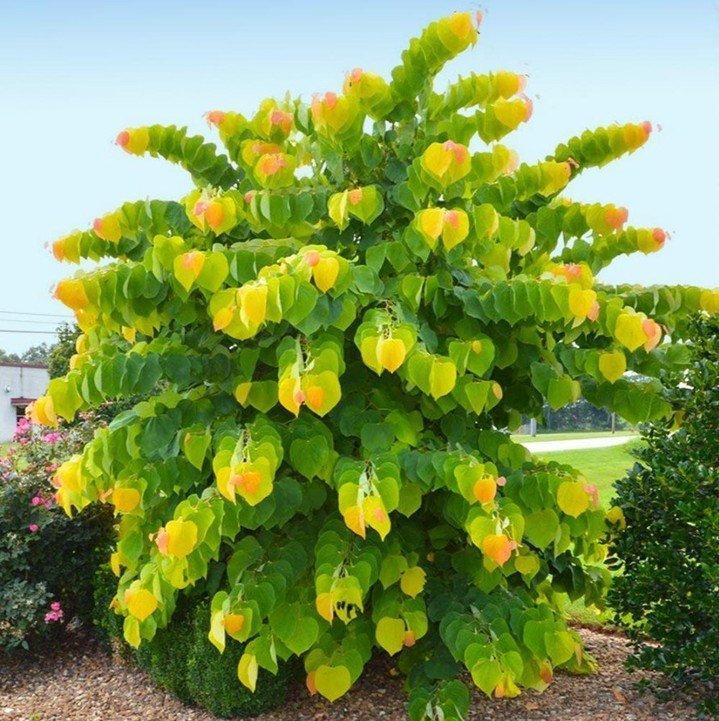
Here’s a short information chart about the Redbud (Cercis canadensis):
| Attribute | Details |
|---|---|
| Botanical Name | Cercis canadensis |
| Common Name | Redbud |
| Plant Type | Deciduous Tree/Shrub |
| Zones | 4 to 9 (may vary by cultivar) |
| Sun Exposure | Full Sun to Partial Shade |
| Soil Type | Well-drained, loamy soil |
| Watering | Moderate |
| Growth Habit | Rounded, spreading |
| Height/Spread | 20 to 30 feet tall and wide (varies) |
| Special Features | Showy pink to purple flowers in spring |
Native to eastern North America, the Redbud is a beloved tree known for its tree with heart shaped leaves and stunning pink or purple blossoms that emerge before the foliage. Its leaves are simple, alternately arranged and feature a distinct heart shape that adds a romantic touch to any landscape.
2. Catalpa (Catalpa speciosa)
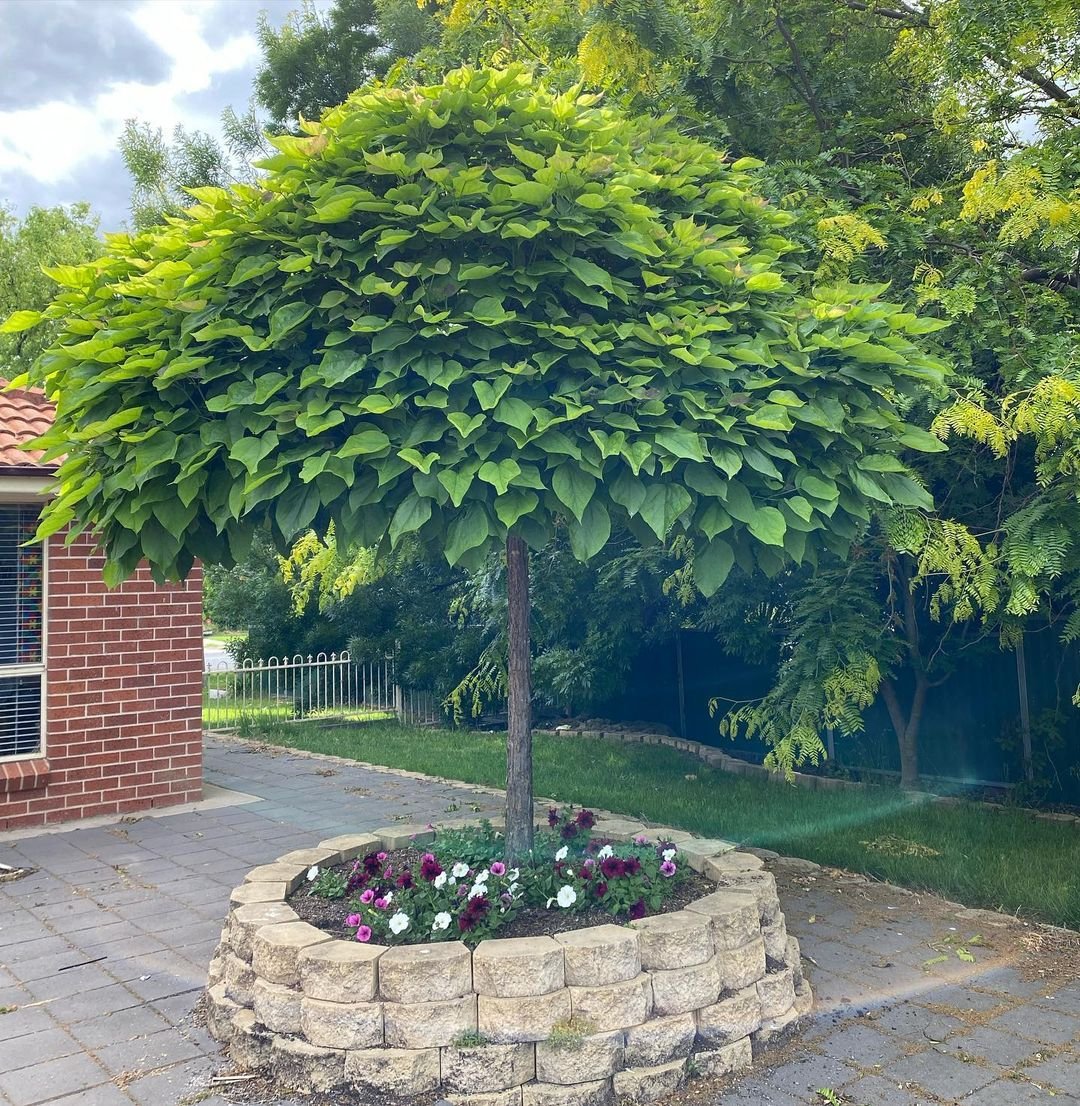
Here’s a short information chart for Catalpa (Catalpa speciosa):
| Attribute | Details |
|---|---|
| Botanical Name | Catalpa speciosa |
| Common Name | Northern Catalpa |
| Plant Type | Deciduous Tree |
| Zones | 4 to 8 |
| Sun Exposure | Full Sun to Partial Shade |
| Soil Type | Moist, well-drained soil |
| Watering | Moderate |
| Growth Habit | Upright, spreading |
| Height/Spread | 40 to 70 feet tall, 20 to 40 feet wide |
| Special Features | Large heart-shaped leaves, showy flowers in late spring/early summer |
The Catalpa, also known as the Indian Bean Tree, is a deciduous tree that boasts large, heart-shaped leaves with a velvety texture. These leaves can grow up to a foot in length, creating a lush canopy of green in the summer months.
3. Linden (Tilia spp.)
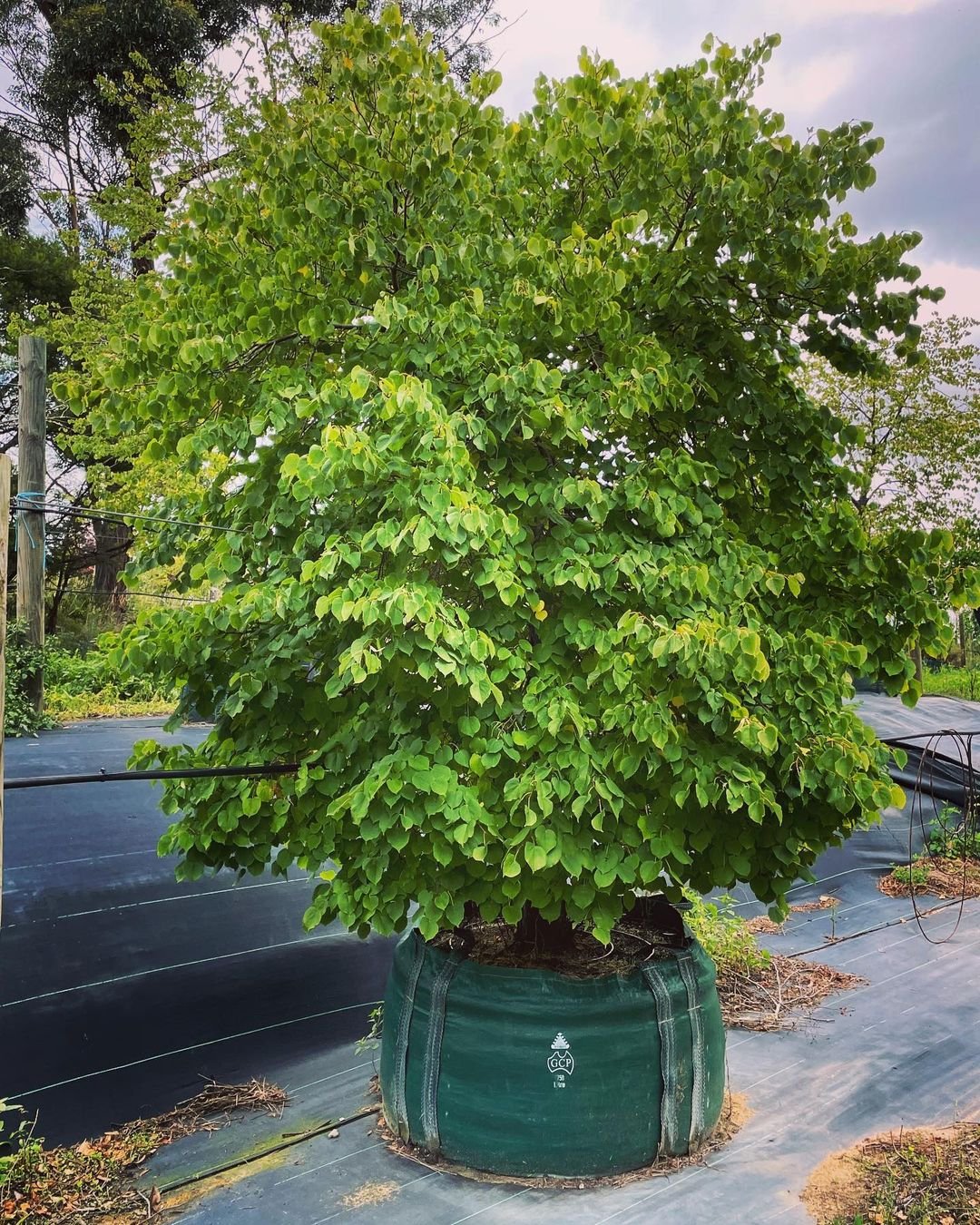
Here’s a short information chart for Linden (Tilia spp.):
| Attribute | Details |
|---|---|
| Botanical Name | Tilia spp. |
| Common Name | Linden, Lime |
| Plant Type | Deciduous Tree |
| Zones | Varies by species (typically 3 to 8) |
| Sun Exposure | Full Sun to Partial Shade |
| Soil Type | Moist, well-drained soil |
| Watering | Moderate |
| Growth Habit | Pyramidal to rounded |
| Height/Spread | Varies by species (typically 40 to 80 feet tall, 30 to 50 feet wide) |
| Special Features | Fragrant, pale yellow flowers in late spring to early summer, attractive to bees |
Lindens, also known as Basswood trees, are beloved for their heart-shaped leaves and fragrant flowers. These majestic trees offer a cool, shady canopy and add a touch of elegance to any landscape.
4. Cottonwood (Populus spp.)
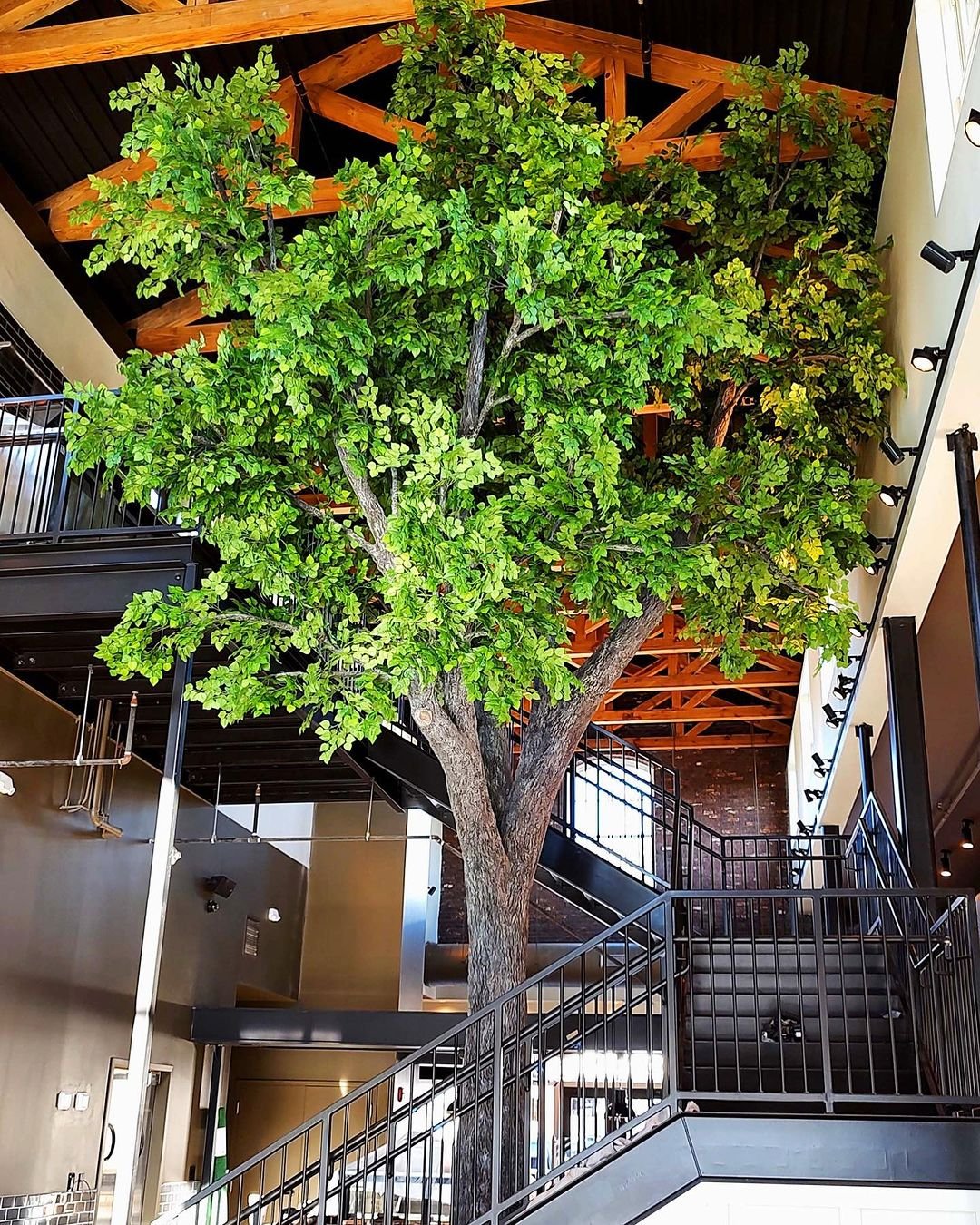
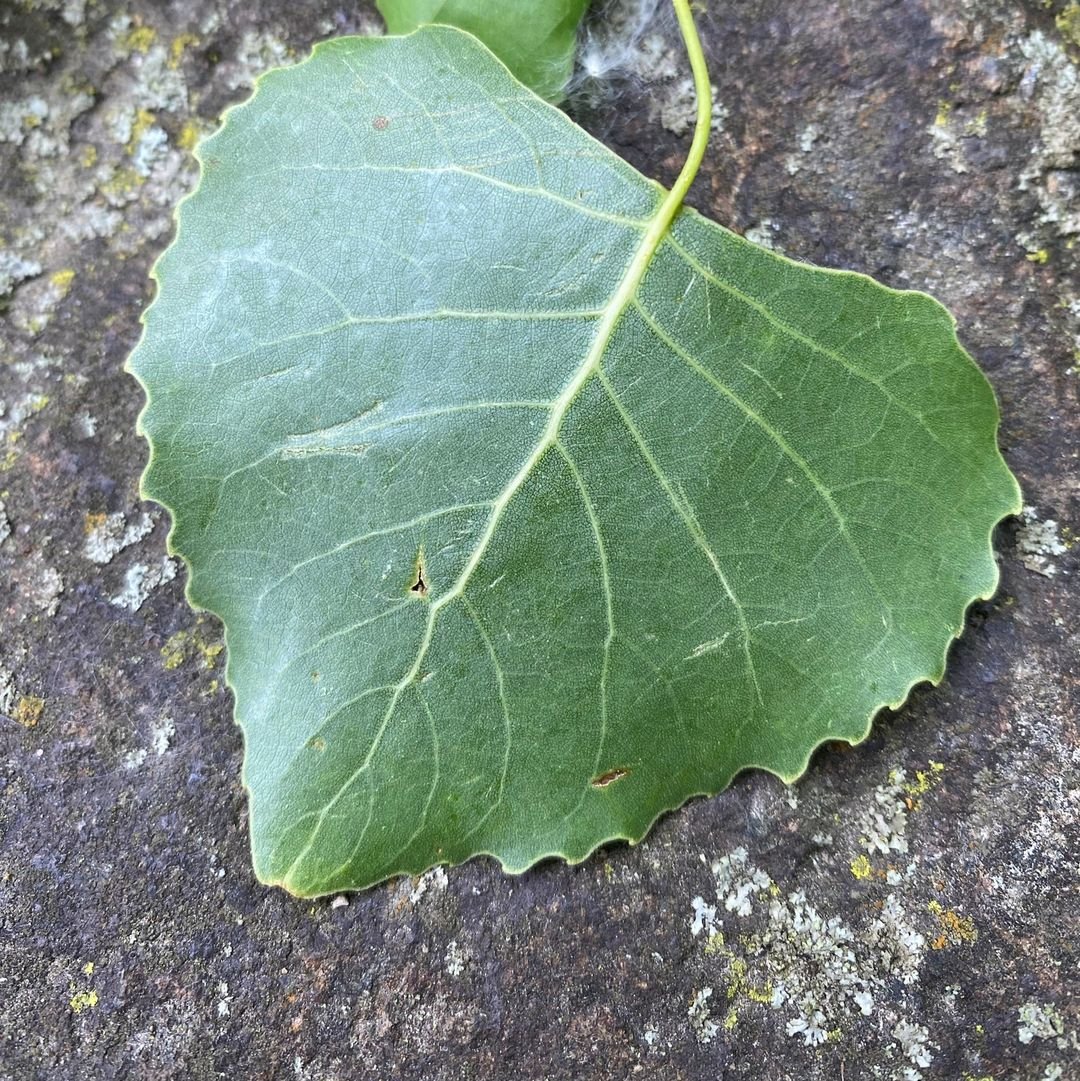
Here’s a short information chart for Cottonwood (Populus spp.):
| Attribute | Details |
|---|---|
| Botanical Name | Populus spp. |
| Common Name | Cottonwood |
| Plant Type | Deciduous Tree |
| Zones | Varies by species (typically 3 to 9) |
| Sun Exposure | Full Sun to Partial Shade |
| Soil Type | Moist, well-drained soil |
| Watering | Moderate |
| Growth Habit | Upright, spreading |
| Height/Spread | Varies by species (typically 50 to 100 feet tall, 40 to 60 feet wide) |
The Cottonwood is a fast-growing tree with heart-shaped leaves that flutter gracefully in the breeze. Its leaves are known for their distinct shape and silvery-green color, creating a mesmerizing display.
5. Butternut (Juglans cinerea)
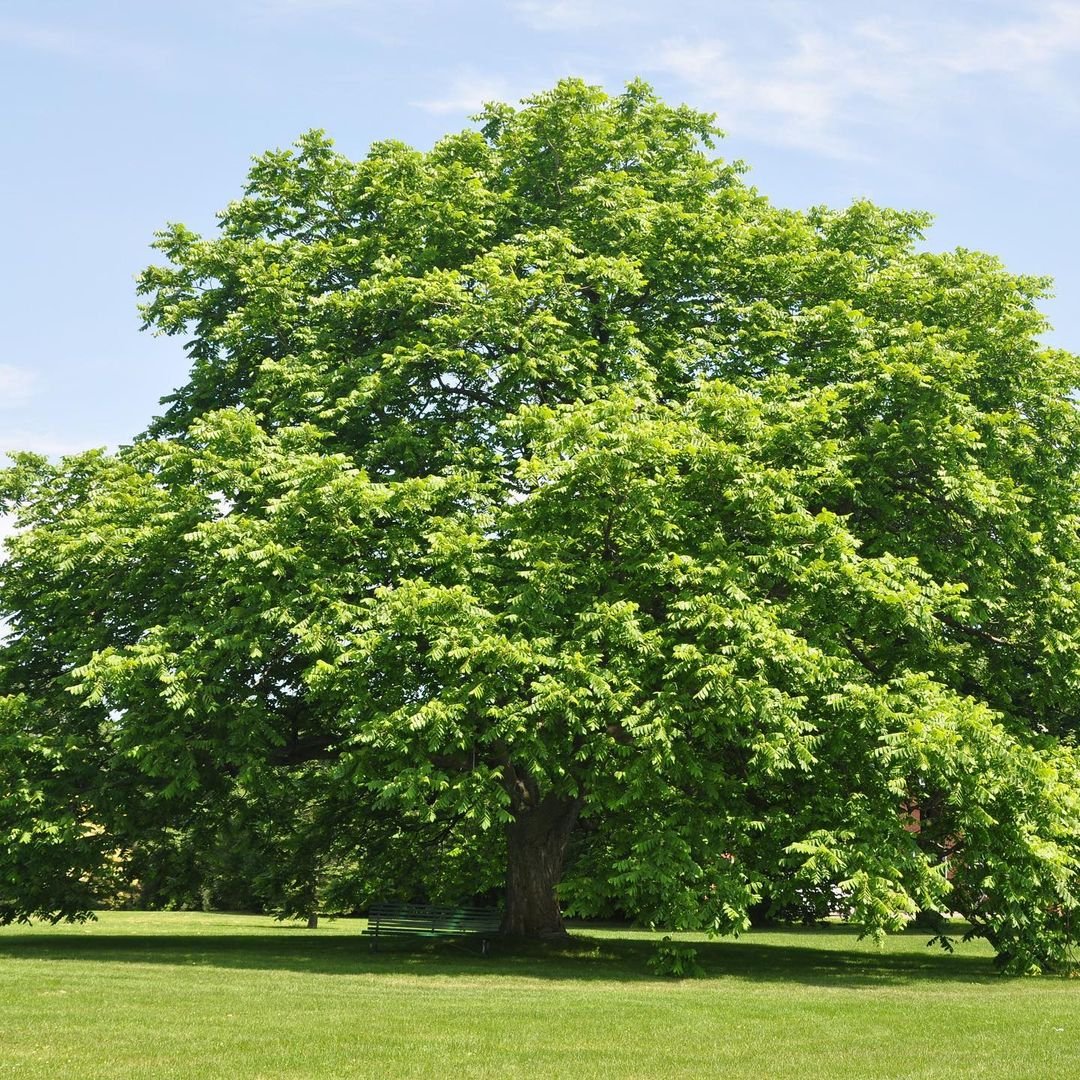
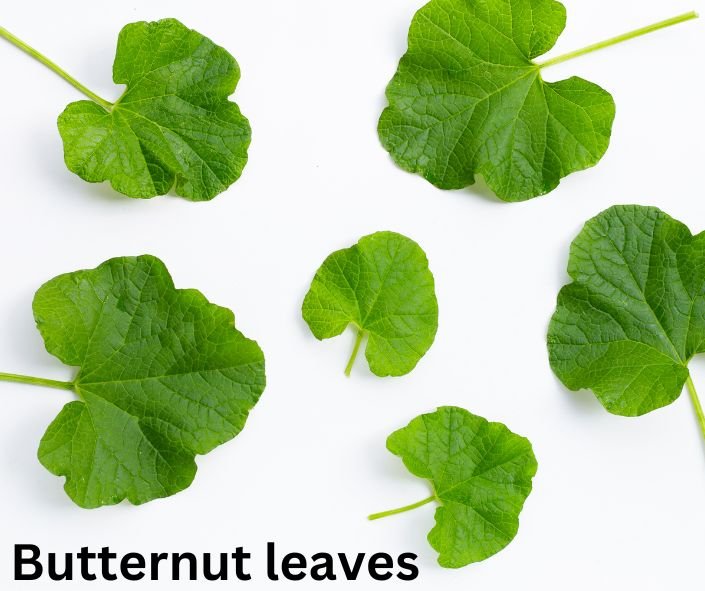
Here’s a short information chart for Butternut (Juglans cinerea):
| Attribute | Details |
|---|---|
| Botanical Name | Juglans cinerea |
| Common Name | Butternut |
| Plant Type | Deciduous Tree |
| Zones | 3 to 7 |
| Sun Exposure | Full Sun to Partial Shade |
| Soil Type | Moist, well-drained soil |
| Watering | Moderate |
| Growth Habit | Upright, spreading |
| Height/Spread | 40 to 60 feet tall, 30 to 40 feet wide |
| Special Features | Edible nuts, attractive bark |
The Butternut, also called the White Walnut, is a native North American tree with heart-shaped, pinnately compound leaves. These leaves have a unique aroma and turn a beautiful golden hue in the fall.
6. Empress Tree (Paulownia tomentosa)
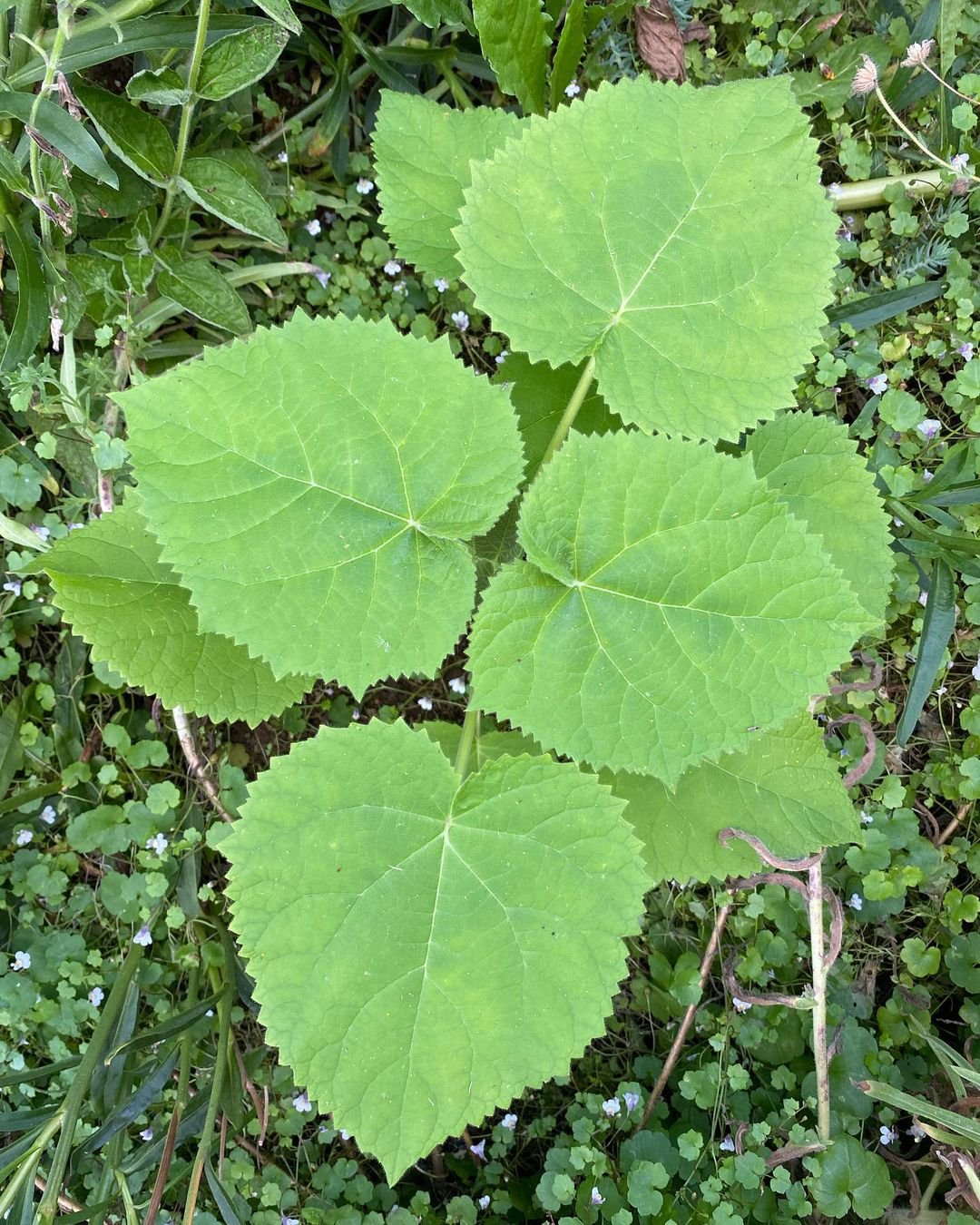
Here’s a short information chart for Empress Tree (Paulownia tomentosa):
| Attribute | Details |
|---|---|
| Botanical Name | Paulownia tomentosa |
| Common Name | Empress Tree, Princess Tree |
| Plant Type | Deciduous Tree |
| Zones | 5 to 9 (may vary by cultivar) |
| Sun Exposure | Full Sun |
| Soil Type | Well-drained |
| Watering | Moderate |
| Growth Habit | Fast-growing, upright |
| Height/Spread | 30 to 50 feet tall, 20 to 30 feet wide |
| Special Features | Large, heart-shaped leaves, fragrant flowers in spring, fast growth |
Native to China, the Empress Tree is a fast-growing deciduous tree with large, heart-shaped leaves that can reach up to a foot in length. Its vibrant green foliage adds a tropical flair to any landscape.
7. Dogwood (Cornus spp.)
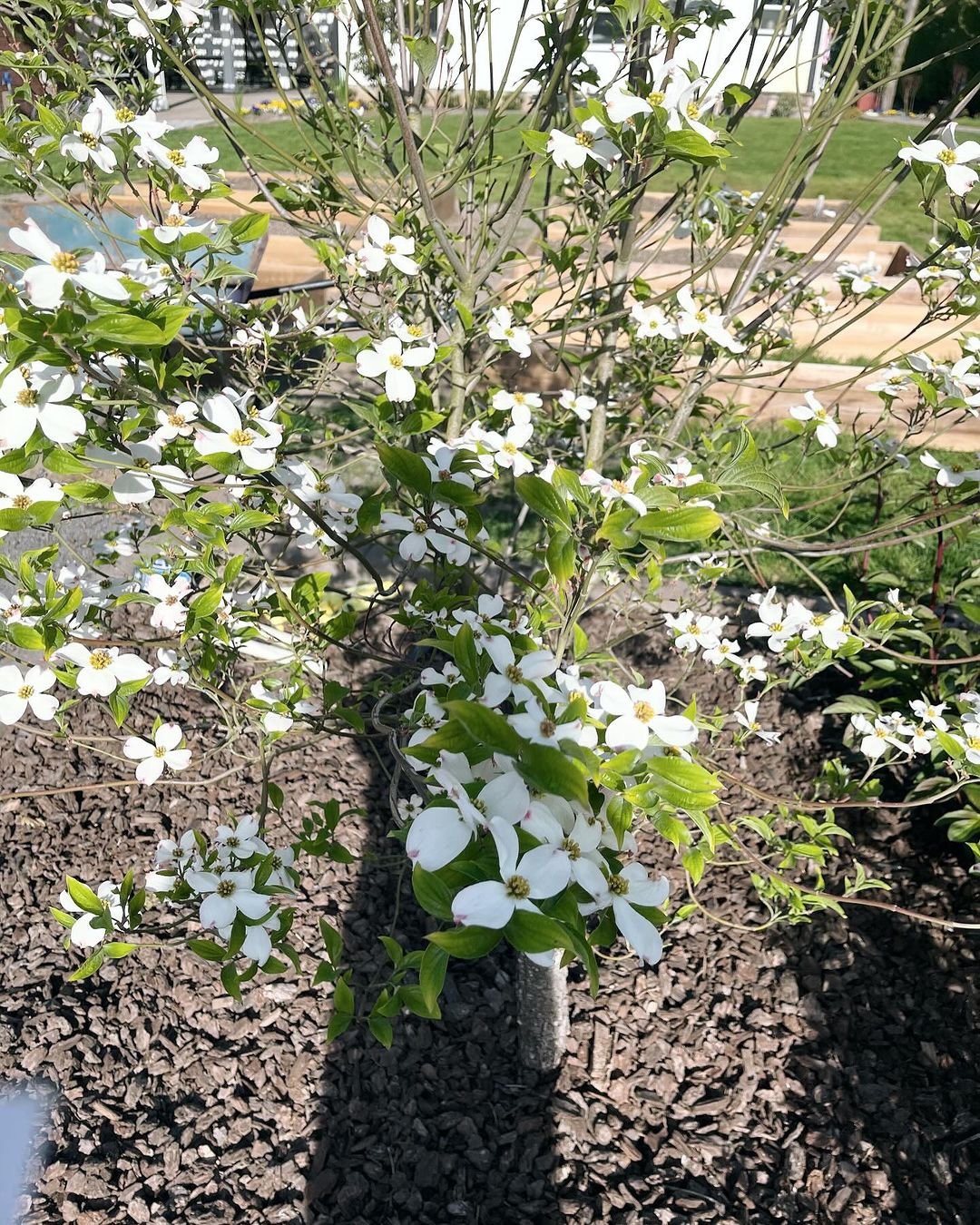

Here’s a short information chart for Dogwood (Cornus spp.):
| Attribute | Details |
|---|---|
| Botanical Name | Cornus spp. |
| Common Name | Dogwood |
| Plant Type | Deciduous Tree/Shrub |
| Zones | Varies by species (typically 3 to 9) |
| Sun Exposure | Full Sun to Partial Shade |
| Soil Type | Moist, well-drained soil |
| Watering | Moderate |
| Growth Habit | Upright to spreading |
| Height/Spread | Varies by species and cultivar |
| Special Features | Showy flowers, colorful foliage or berries, attractive bark |
While Dogwoods are best known for their beautiful spring blossoms, many species also feature heart-shaped leaves that add charm to the landscape. The Kousa Dogwood, in particular, boasts stunning heart-shaped leaves with a delicate texture.
8. Mulberry (Morus spp.)
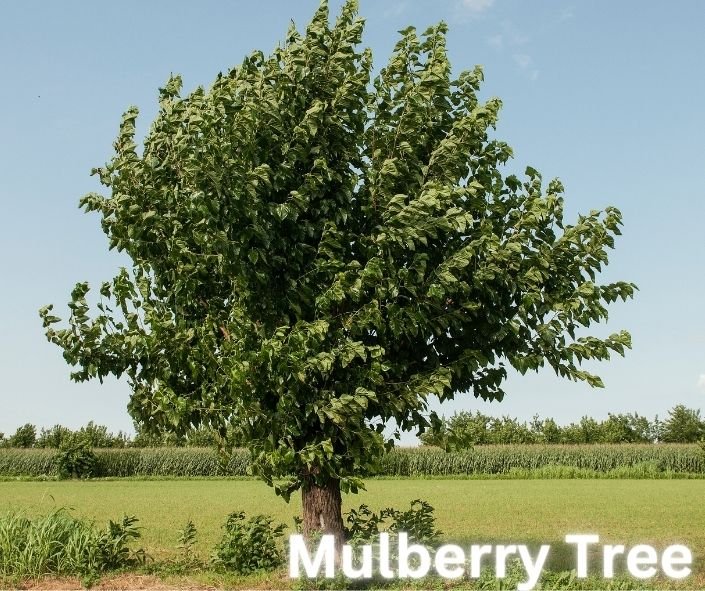
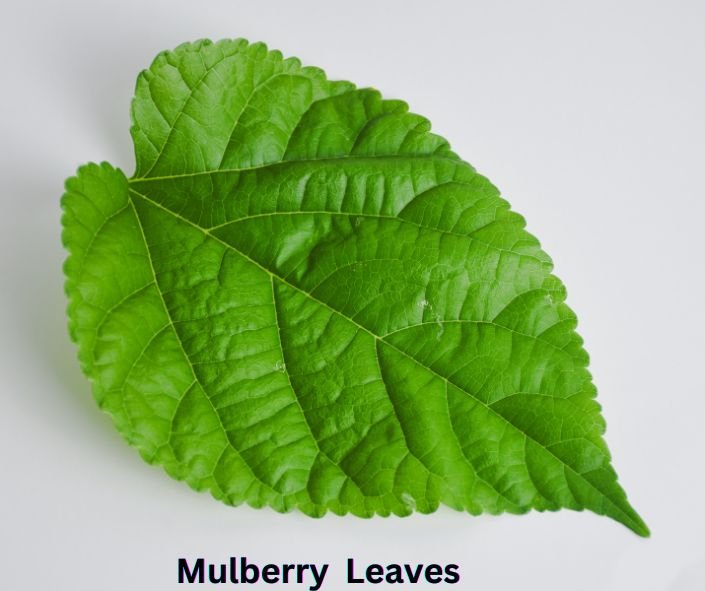
Here’s a short information chart for Mulberry (Morus spp.):
| Attribute | Details |
|---|---|
| Botanical Name | Morus spp. |
| Common Name | Mulberry |
| Plant Type | Deciduous Tree/Shrub |
| Zones | Varies by species (typically 4 to 9) |
| Sun Exposure | Full Sun |
| Soil Type | Well-drained |
| Watering | Moderate |
| Growth Habit | Upright to spreading |
| Height/Spread | Varies by species and cultivar |
| Special Features | Edible fruits, attractive foliage |
Mulberry trees are prized for their delicious fruits, but their heart-shaped leaves are equally captivating. These trees offer a lush canopy of green during the warmer months and add a touch of whimsy to any outdoor space.
9. Dove Tree (Davidia involucrata)
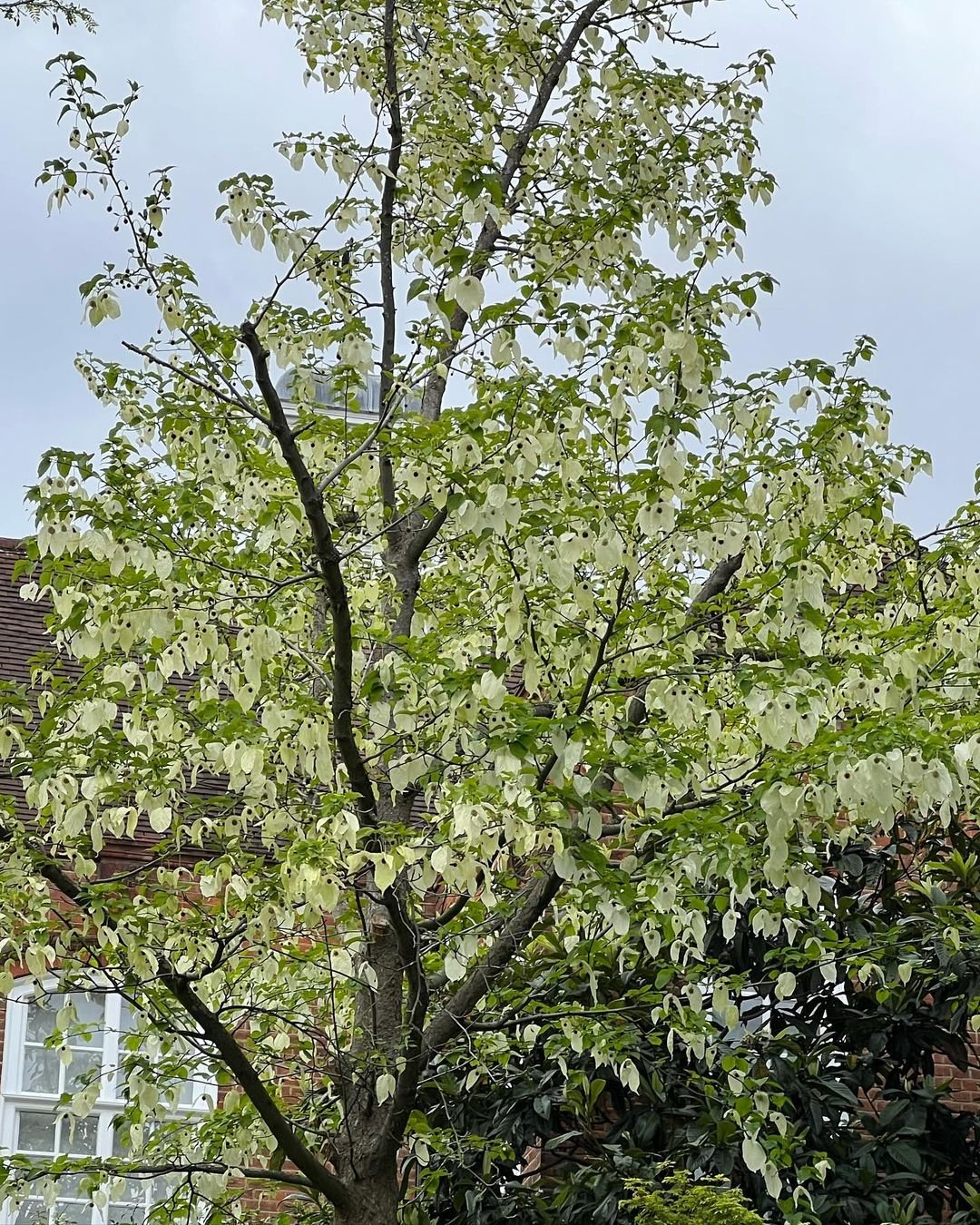
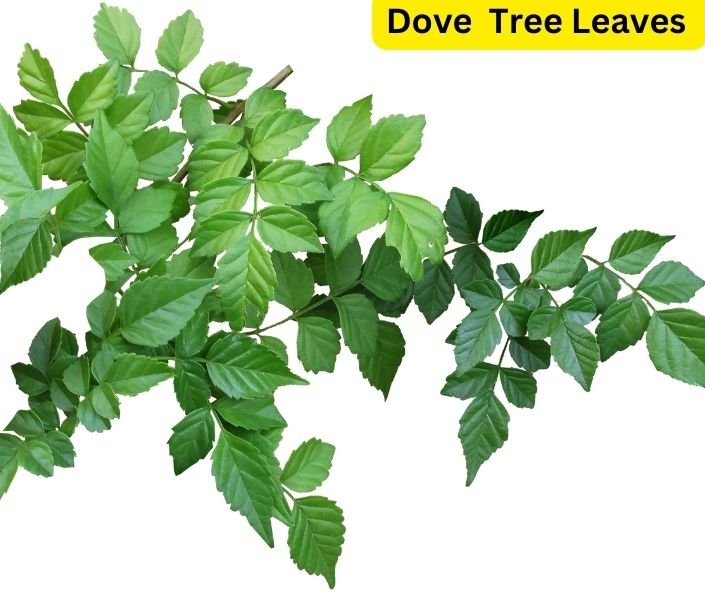
Here’s a short information chart for Dove Tree (Davidia involucrata):
| Attribute | Details |
|---|---|
| Botanical Name | Davidia involucrata |
| Common Name | Dove Tree, Handkerchief Tree |
| Plant Type | Deciduous Tree |
| Zones | 6 to 8 (may vary by cultivar) |
| Sun Exposure | Partial Shade to Full Sun |
| Soil Type | Well-drained, fertile soil |
| Watering | Moderate |
| Growth Habit | Upright, spreading |
| Height/Spread | 30 to 60 feet tall, 20 to 40 feet wide |
| Special Features | Large, white, bract-like flowers resembling doves in spring |
The Dove Tree, also known as the Handkerchief Tree, is a true showstopper with its heart-shaped bracts that surround the inconspicuous flowers. While not technically leaves, these bracts add a unique and enchanting touch to this rare tree species.
10. Katsura (Cercidiphyllum japonicum)
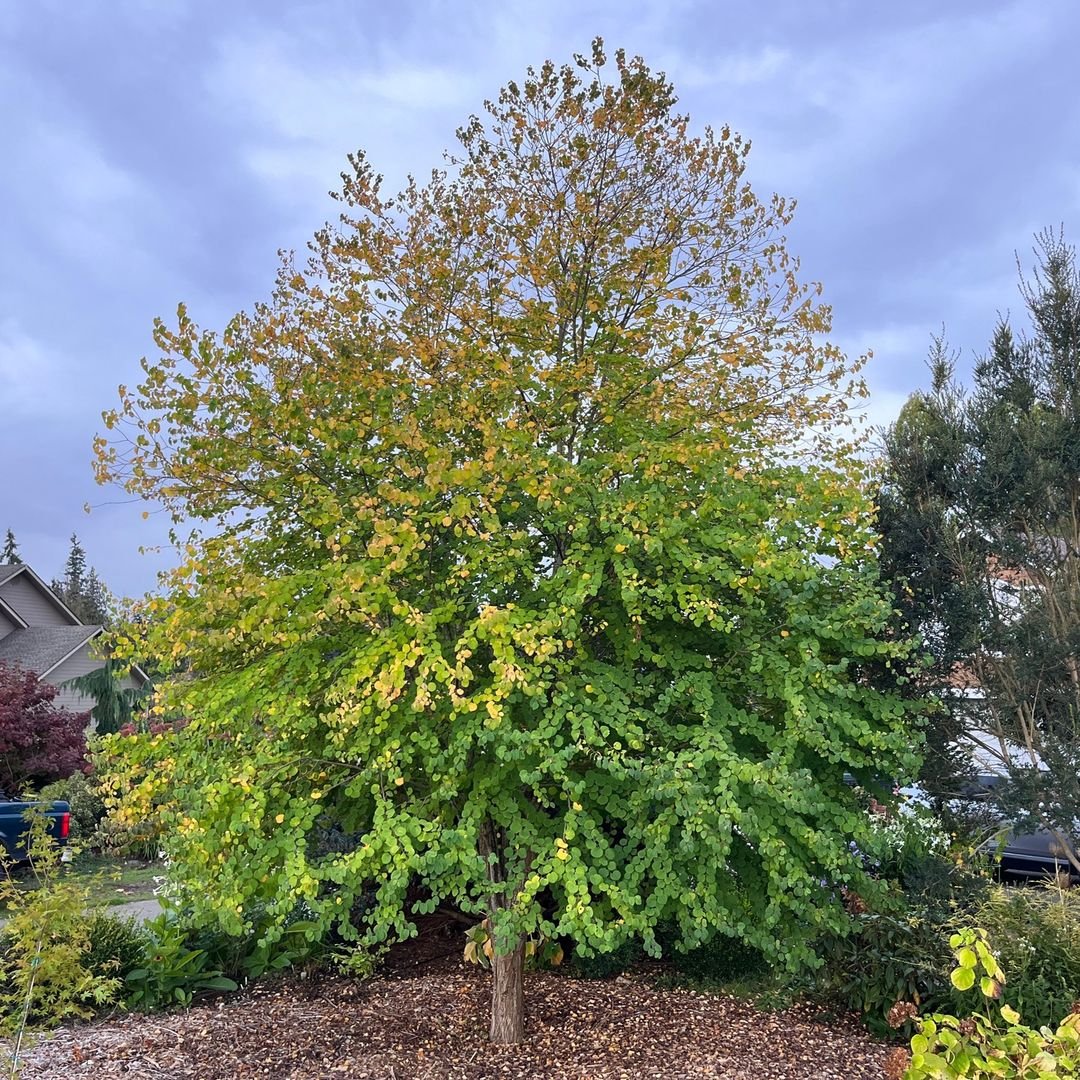
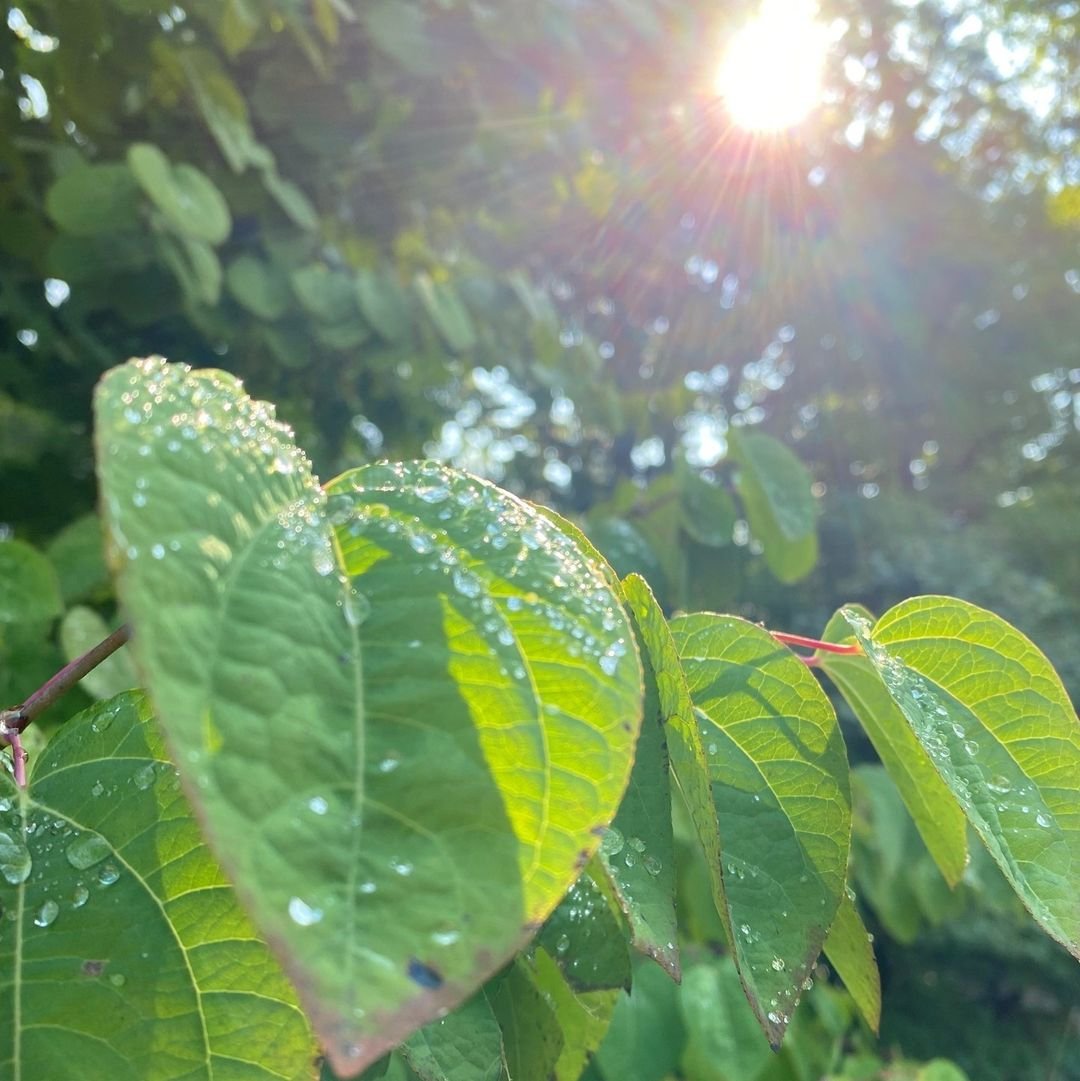
Here’s a short information chart for Katsura (Cercidiphyllum japonicum):
| Attribute | Details |
|---|---|
| Botanical Name | Cercidiphyllum japonicum |
| Common Name | Katsura |
| Plant Type | Deciduous Tree |
| Zones | 4 to 8 |
| Sun Exposure | Full Sun to Partial Shade |
| Soil Type | Moist, well-drained soil |
| Watering | Moderate |
| Growth Habit | Upright, spreading |
| Height/Spread | 40 to 60 feet tall, 20 to 40 feet wide |
| Special Features | Heart-shaped leaves, sweet fragrance in fall |
Native to Japan and China, the Katsura tree features heart-shaped leaves that turn a beautiful golden hue in the fall. Its unique foliage and delicate branching pattern make it a true standout.
11. Philodendron (Philodendron spp.)
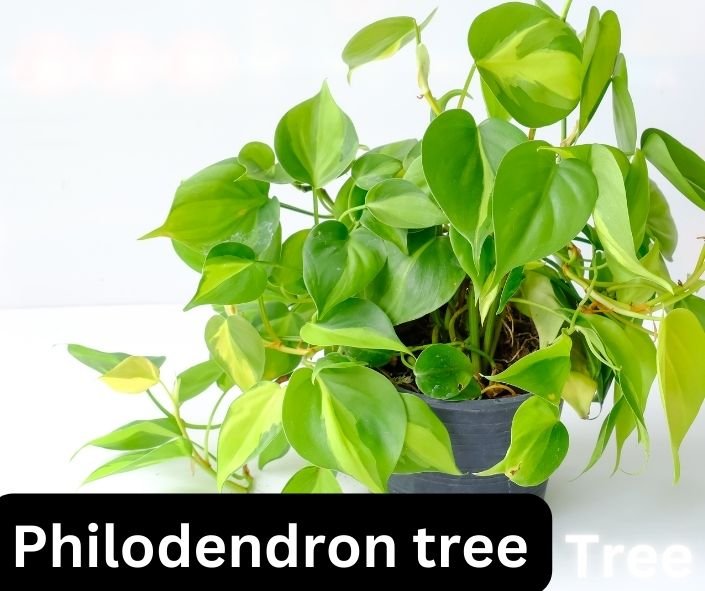
Here’s a short information chart for Philodendron (Philodendron spp.):
| Attribute | Details |
|---|---|
| Botanical Name | Philodendron spp. |
| Common Name | Philodendron |
| Plant Type | Perennial Vine, Shrub |
| Sun Exposure | Bright, indirect sunlight |
| Soil Type | Well-draining, rich potting mix |
| Watering | Moderate |
| Growth Habit | Vining or upright depending on species |
| Height/Spread | Varies by species and growth habit |
| Special Features | Glossy, heart-shaped leaves, air-purifying |
While not a tree, the Philodendron is a popular houseplant that features heart-shaped leaves in various shades of green. These easy-to-care-for plants bring a touch of nature’s beauty indoors.
These 11 stunning trees with heart-shaped leaves are just a glimpse into the incredible diversity and beauty that nature has to offer. Whether you’re an avid gardener, nature enthusiast or simply someone who appreciates the beauty of the natural world, these leafy wonders are sure to capture your heart and inspire you to embrace the magic of the great outdoors.







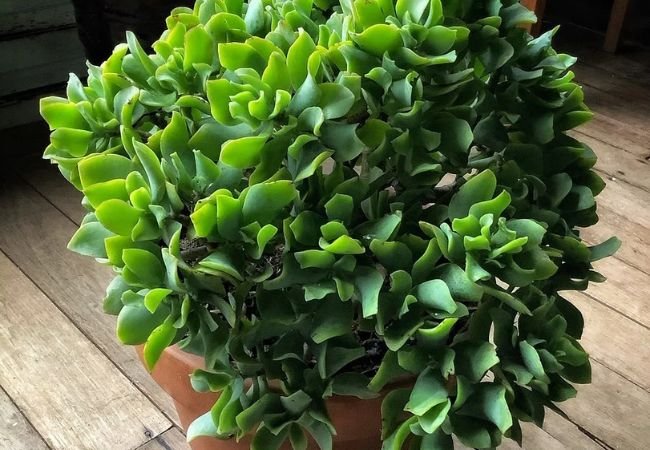
Leave a Reply